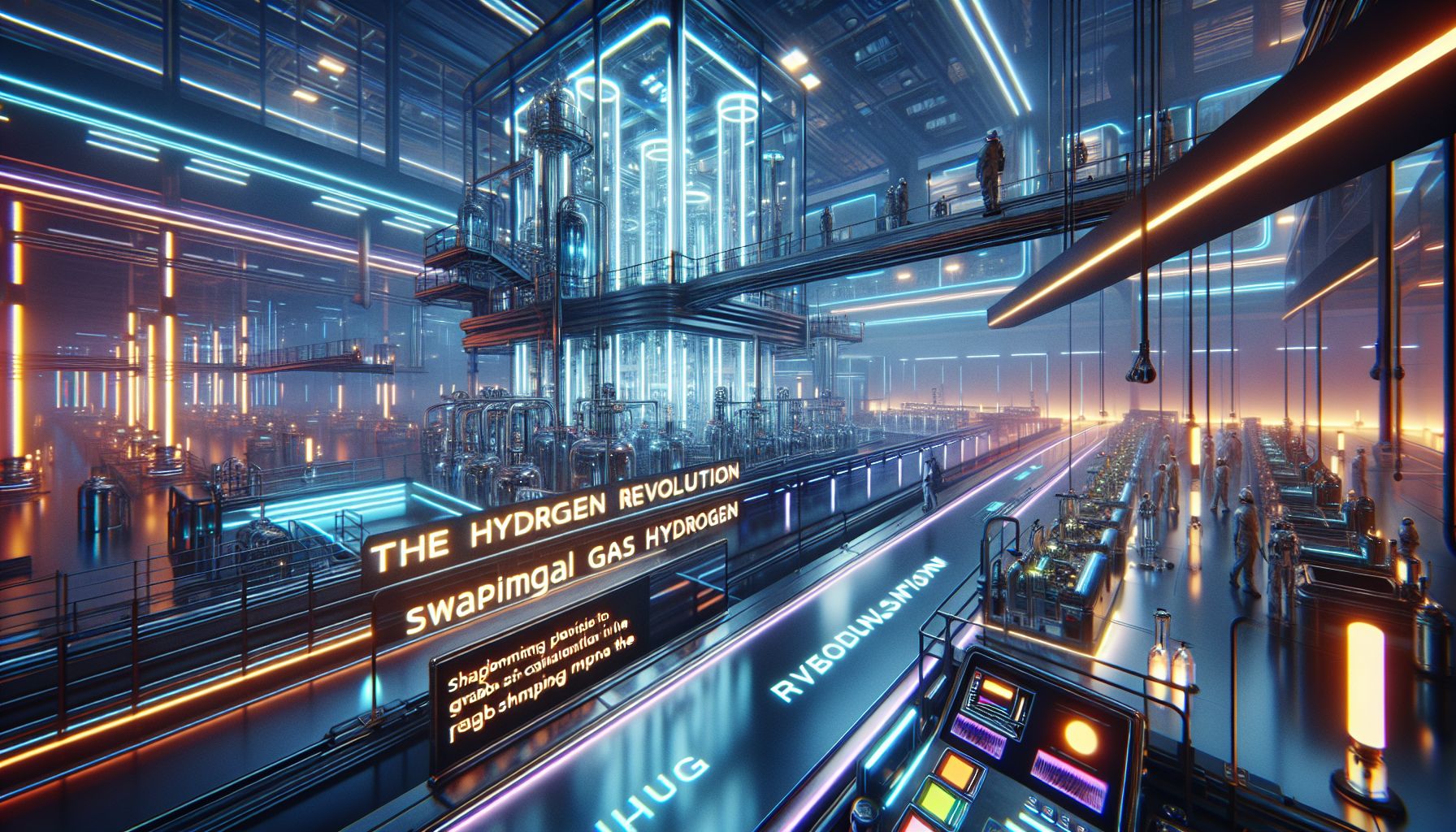Hydrogen Revolution: Cutting Carbon in UK Glass

UK, Monday, 19 May 2025.
Thermodynamic modelling is swapping natural gas for hydrogen in glass production, lowering emissions significantly. It’s like giving the UK’s net-zero targets a high-five with science.
Developing a Sustainable Future
The Henry Royce Institute is trailblazing a path in green technology by leveraging thermodynamic modelling to decarbonise glass melting furnaces. By substituting natural gas with hydrogen, this initiative addresses the urgent call for reducing carbon emissions in industrial processes [1]. Drawing on the advanced abilities of thermodynamic modelling, researchers meticulously analyse the chemical interactions that occur in hydrogen-fueled furnaces. This novel approach significantly curtails emissions and aligns seamlessly with the UK’s ambitious net-zero targets [1].
Understanding the Modelling Magic
Imagine thermodynamic modelling as a high-tech crystal ball that predicts how different materials in glass furnaces respond to a futuristic atmosphere—one that’s rich in hydrogen rather than natural gas. The software FactSage, aided by a partnership involving the Materials Processing Institute (MPI), forms the backbone of this green transformation. It reveals how chemically aggressive vapours from glass melts can react with furnace refractories, letting researchers devise strategies to prevent costly physical trials [1].
Practical Steps Towards Net-Zero
Practicality meets innovation in this endeavour. The EconoMISER project, a cornerstone of this research, integrates expert knowledge in glass technology and sophisticated thermodynamic skills. It not only predicts the corrosion of materials under hydrogen-heavy conditions but also provides actionable guidance on selecting the best refractory materials to withstand this new combustion atmosphere. This step marks a significant shift toward green technology, offering a vision of how industries can adapt to and thrive on sustainable practices [1].
Pioneering Partnerships
DSF Refractories & Minerals Ltd plays a crucial role, contributing their expertise in the production of high-performance refractories used across various industries, including glass production. By combining expertise across sectors, this collaborative effort forecasts a resilient future where glass production not only meets but exceeds environmental expectations [1]. These partnerships illustrate how interdisciplinary cooperation can accelerate the transition to greener industrial practices, bottom-lining the UK’s environmental aspirations and setting an example on a global scale.
Conclusion: A Brighter, Greener Tomorrow
As I delve into these advancements, it’s clear we’re looking at more than just engineering wizardry. This shift represents a colossal step toward a sustainable industrial era where science and technology work hand-in-hand to not only mitigate climate impacts but to embrace a future full of potential. It offers a hopeful glance at how industries traditionally reliant on fossil fuels can recalibrate towards net-zero goals, turning challenges into opportunities and scientific curiosity into tangible benefits for the planet and future generations [1].